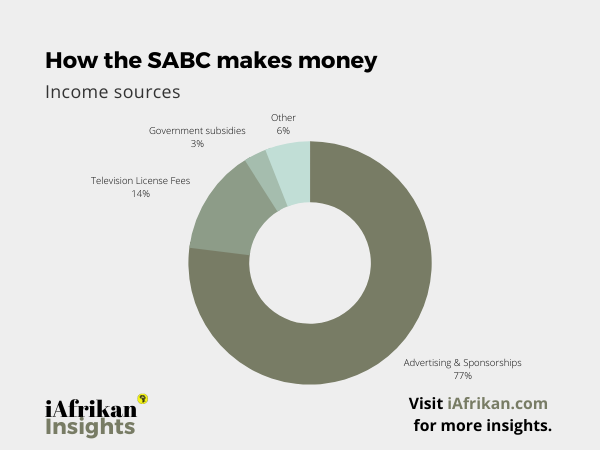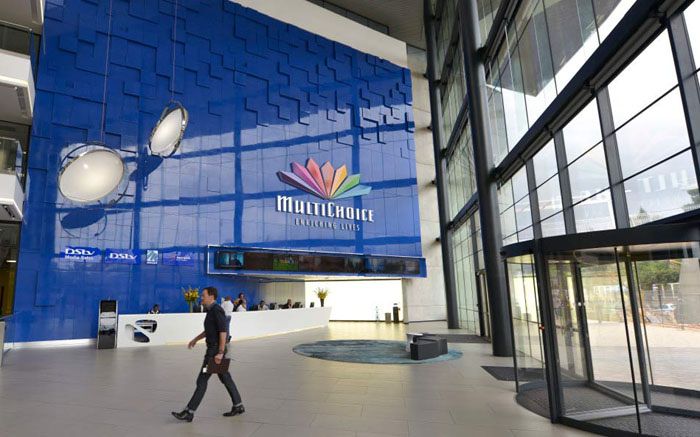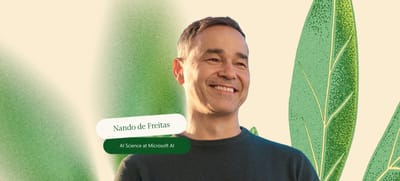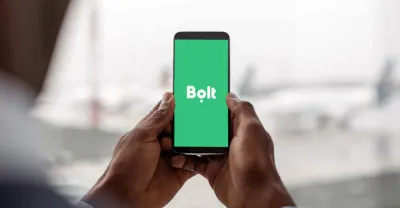Free-to-air broadcasters, the South African Broadcast Corporation (SABC), and eMedia Holdings (eTV) proposed that section 60 (4) of the Electronic Communications Act be amended to prescribe regulations that place an effective revenue cap on the advertisement and sponsorship revenue of subscription broadcasters. This was mentioned in a discussion document published by the Independent Communications Authority of South Africa (ICASA) on advertising regulations.
The broadcasters claimed that there is a significant regulatory disparity between the rules governing advertising on broadcast platforms and those governing advertising on online platforms.
"Submissions recommended that all content service providers should be controlled in the same way, and a watertight advertising-income ceiling for subscription broadcasting services should be implemented," ICASA wrote in its conclusion.
The SABC also suggested that South Africa's Department of Communications and Digital Technologies (DCDT) and ICASA consider a number of options, including an advertising cap, a reduction in advertising minutes per hour for subscription services, restrictions on rate card discounts, and any other regulatory intervention that may be required.
DSTV’s push back
DSTV, via its parent company Multichoice, has stated that any adjustments to advertising regulations must take into account current advancements in the broadcasting and audiovisual scene.
According to Multichoice, licensed broadcasting services are increasingly having to compete with unlicensed digital platforms like Youtube and Netflix that are not regulated, and so the logic for placing scheduling limits in regulations is dwindling given the commercial constraints that broadcasters face.
Dwindling advertising revenue
For the national broadcaster, SABC, an equitable and competitive broadcast advertising market is a matter of life and death.
The SABC's financing sources as of 2020 were predominantly:
- advertising and sponsorships (77%) and
- television license fees (14%),
- with government subsidies accounting for barely 3% of total earnings.
SABC notes that ICASA’s powers under section 2 (t) of the ECA empower the Authority to develop regulations to ensure that it remains financially sustainable, which ensures its continued public mandate.

According to eTV, eMedia has a revenue share of 21,71%, SABC Group has a share of 28,78%, MultiChoice has a share of 39,02%, and other broadcasters have a share of 10,49 percent. Based on this eTV requested ICASA to consider expanding the proposed regulatory licensing structure to encompass all audio-visual content service providers, not only broadcasters, in order to ensure the long-term viability and sustainability of free-to-air services in South Africa.
"With the advertising pie decreasing for broadcasters, restrictions on the amount of advertising time available to subscription broadcasters are needed to safeguard the future survival of free-to-air broadcasters," eTV added.
Since the restrictions on advertising, sponsorship, and infomercials were published in 1999, the world has evolved dramatically. In 1999, television advertising was regulated by broadcasters, and radio, print media, movie theaters, video shops, and gaming consoles competed for viewers' attention. As the number of internet services has grown, this has certainly altered. The increase of internet advertising from 9.2% in 2016 to 13.1 percent in 2019 and 21.1 percent in 2020 demonstrates this landscape shift.
— By Bataung Qhotsokoane







